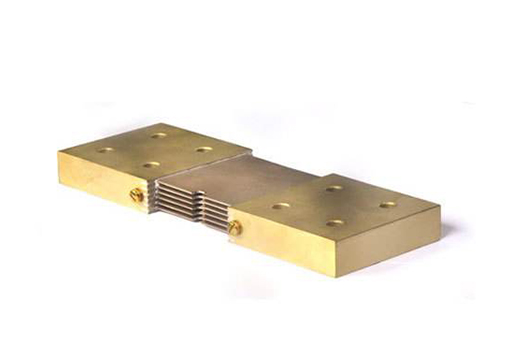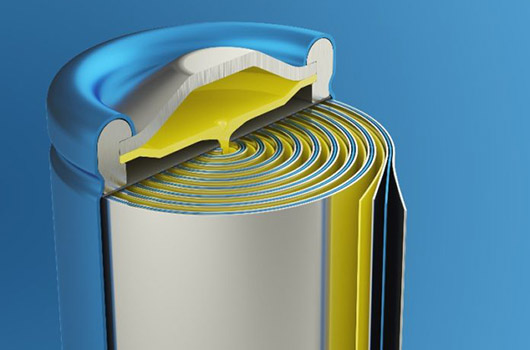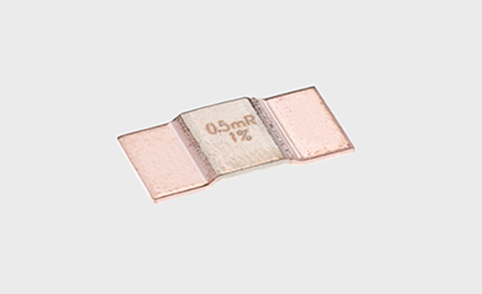
As a seasoned technical expert in the field, I would like to provide a comprehensive technical overview of electrical shunts, focusing on their performance and key characteristics. Electrical shunts are crucial components in electrical systems, used for measuring current flow accurately. This article aims to shed light on the performance and features of these essential devices.
1. Accurate Current Measurement:
One of the primary functions of electrical shunts is to provide accurate current measurements. They are designed to handle high current levels while introducing minimal resistance into the circuit. The precise resistance value of the shunt allows for accurate conversion of current flowing through it into a measurable voltage. This accuracy is crucial in various applications such as power distribution, battery monitoring, and industrial automation.
2. Low Resistance and High Precision:
Electrical shunts are typically constructed with materials that exhibit low resistance and high precision. They are made from materials such as manganin, constantan, or nickel-chrome alloys, which possess low temperature coefficients and low resistance drift. This ensures that the shunts maintain their accuracy over a wide range of operating temperatures and under heavy loads. The high precision of electrical shunts makes them reliable instruments for current measurement.
3. High Power Dissipation Capacity:
Due to the nature of their applications, electrical shunts are designed to handle high currents and dissipate significant amounts of power without thermal damage. They are constructed with robust materials that can withstand high current densities and effectively dissipate the heat generated. The shunt's ability to handle power dissipation is critical in preventing thermal overload and maintaining accurate current measurements over extended periods.
4. Wide Range of Current Ratings:
Electrical shunts are available in a wide range of current ratings to cater to various applications. They can handle currents ranging from a few milliamperes to several kiloamperes, ensuring compatibility with diverse electrical systems. This flexibility allows for the accurate measurement of currents across a broad spectrum of industries, including power generation, automotive, aerospace, and telecommunications.
5. Low Voltage Drop:
Another important characteristic of electrical shunts is their low voltage drop. By maintaining a minimal voltage drop across the shunt's resistance, the impact on the overall circuit voltage is minimized. This is especially crucial in applications that require precise voltage regulation or where power loss needs to be minimized. The low voltage drop ensures that the shunt's resistance does not significantly affect the circuit's performance or introduce errors in current measurement.
Conclusion:
Electrical shunts are integral components in electrical systems, providing accurate current measurements with their low resistance, high precision, and wide current rating range. Their ability to handle high power dissipation and maintain a low voltage drop makes them reliable instruments for current monitoring and control. As technologies advance, electrical shunts will continue to play a vital role in various industries where precise current measurement is essential for safe and efficient operation.
SEO keywords:
1. Electrical shunts
2. Current measurement devices
3. Shunt resistors
4. High power dissipation
5. Low resistance and high precision
6. Wide current rating range
7. Low voltage drop
-

Power shunts
A power divider is an electronic component widely used in electronic circuits. I...
2023-05-20 view+ -

Precision shunt resistors gene
The device that measures current in a circuit is called an ammeter, and most mod...
2023-04-26 view+ -

Value stacking key for battery
Artificial intelligence is set to be crucial to managing the significant increas...
2022-08-26 view+ -

Future Trends of SMD Shunts
Future Trends of SMD Shunts: Prospects for the Future Development of SMD Shunts ...
2023-12-03 view+


